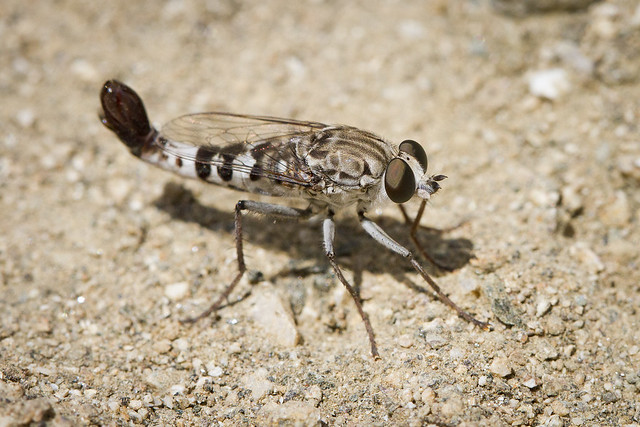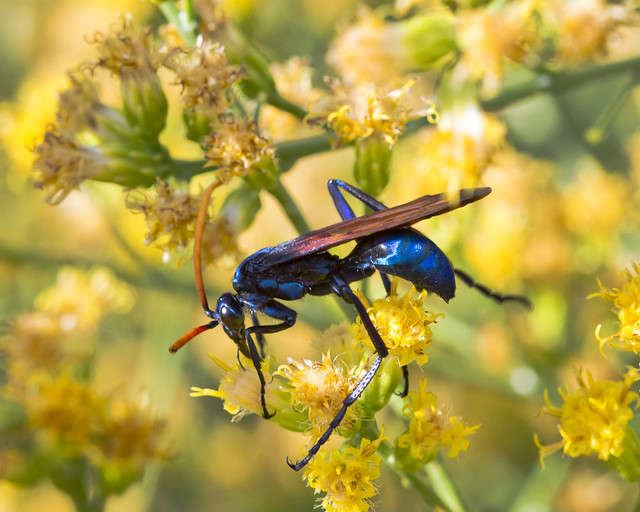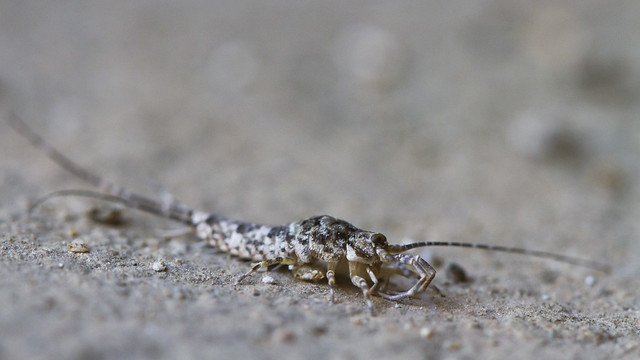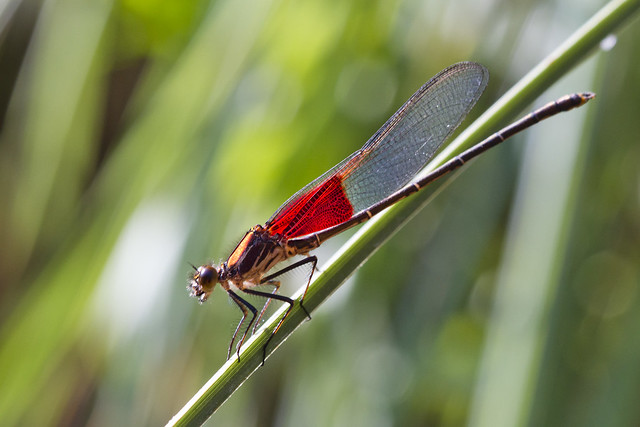The walk along the reservoir road had a lot of bees working on the flowers, and quite a few birds. I'd never seen one of these before, and it was surprisingly big and bright orange.
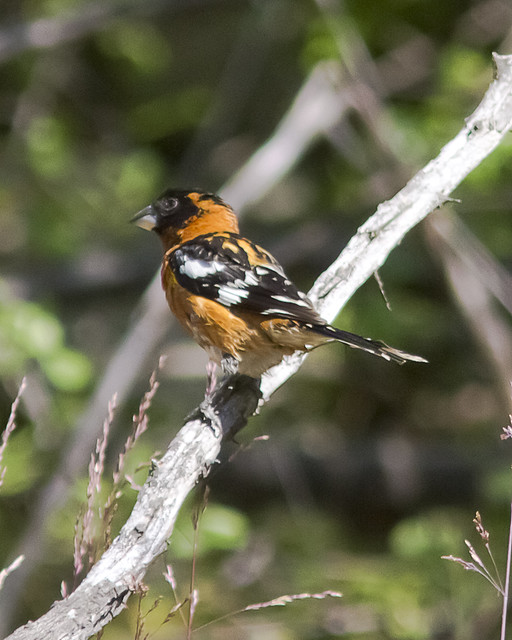
Evening Grosbeak by Icybacon, on Flickr
There were a lot of these wasps along the road, colored like tarantula hawks but I'm pretty sure that's not even close.
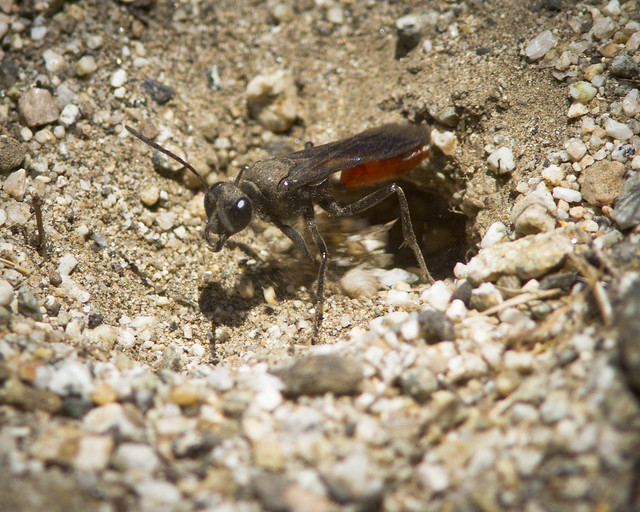
Hunting Wasp by Icybacon, on Flickr
After the turnoff to Bear Creek it was damselfly country. The blue males were everywhere and very photogenic. Love their bizarre blocky jaws.
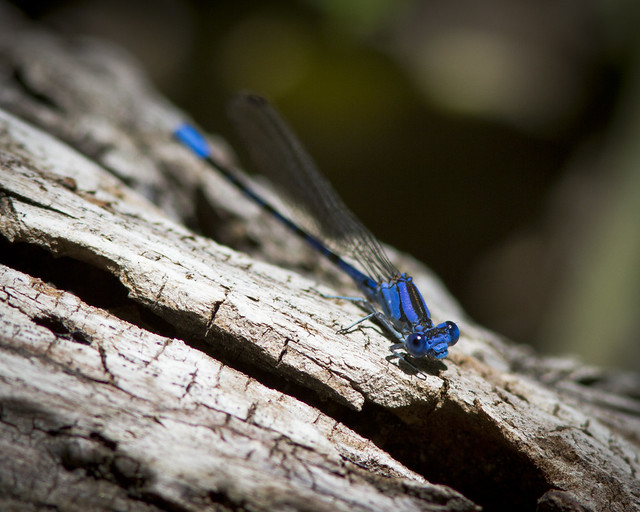
Damselfly by Icybacon, on Flickr
Big dragonflies were out too, at least 3-5 other kinds.
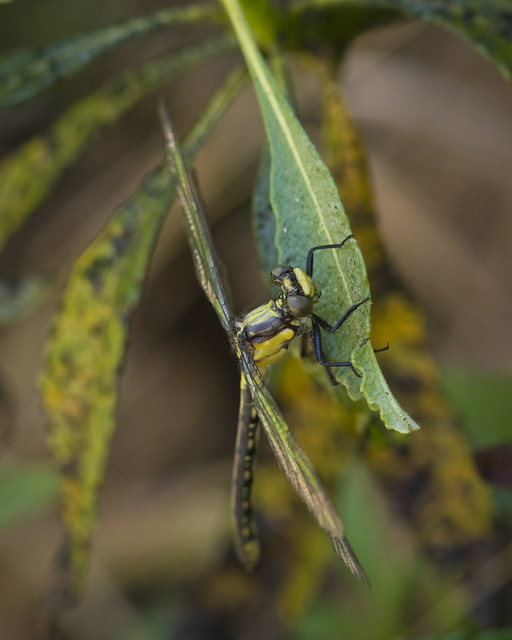
Green Clubtail? by Icybacon, on Flickr
Away from the creek, the sunny patches were full of butterflies. I've generally seen that area full of Variable Checkerspots, but this time there were some rarities like this Buckeye.
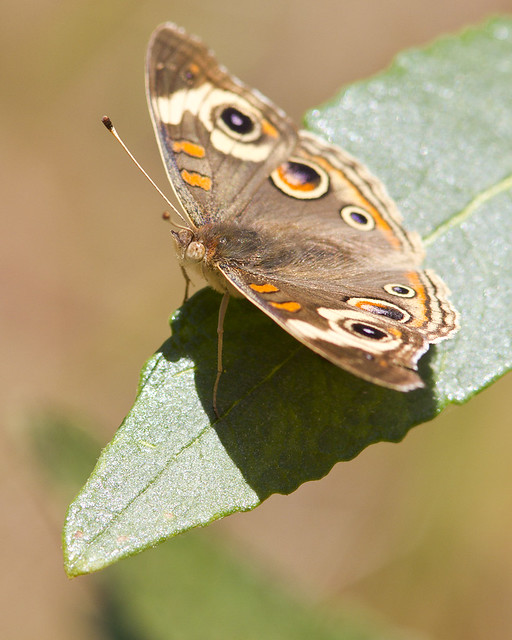
Buckeye by Icybacon, on Flickr
Tiny blue butterfly.
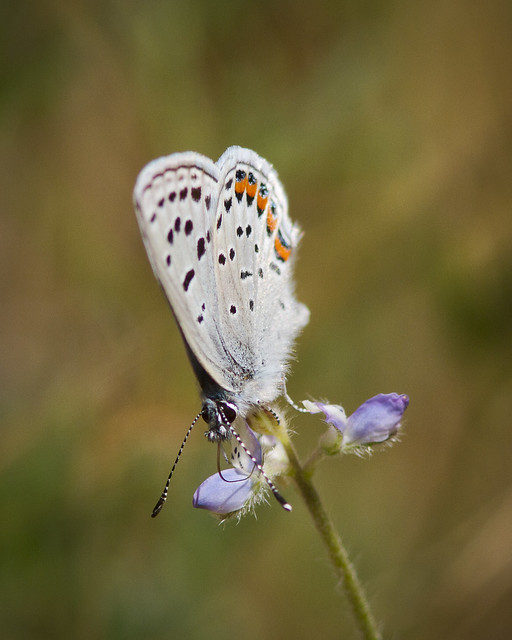
Little Blue by Icybacon, on Flickr
There were a lot of Swallowtails around, but never close or calm enough for a photo. Then we found a whole swarm puddling in the wet sand at a crossing, very nice surprise. I've heard the colors are by gender and by different species, anyone know for sure?
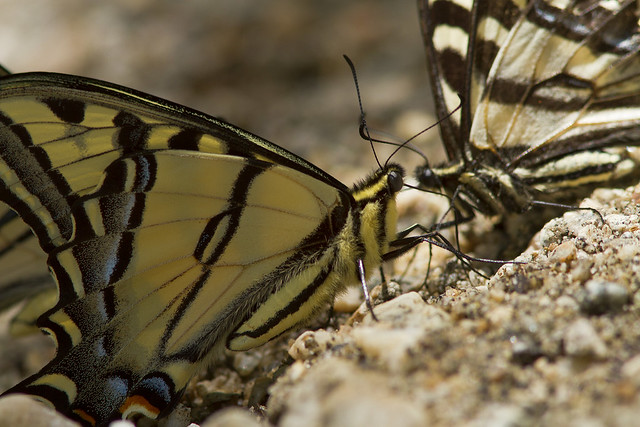
Swallowtail Kiss by Icybacon, on Flickr
Lots of wolf spiders were lurking around too. The little fella with the pedipalps (boxing gloves) wasn't having much luck with the lady, who seemed a bit hungry...
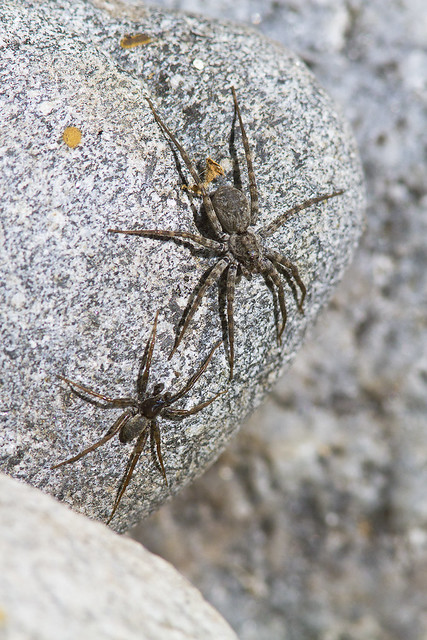
A Suitor Approaches by Icybacon, on Flickr
Someone's gotta eat all these bugs...
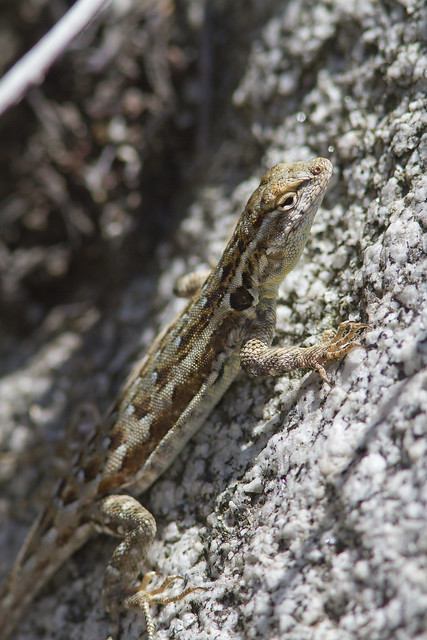
Another Lizard by Icybacon, on Flickr

Colorful Lizard by Icybacon, on Flickr
Someone's gotta eat all those bug eaters. I think this is a gopher snake, it was a few feet from the trail and very calm. It even tried to rattle its tail in the leaves during its exit.

Snake near Bear Creek by Icybacon, on Flickr
Finally, there were a lot of birds, mostly way up in the trees and hard to spot. This wren was hard at work in the open.
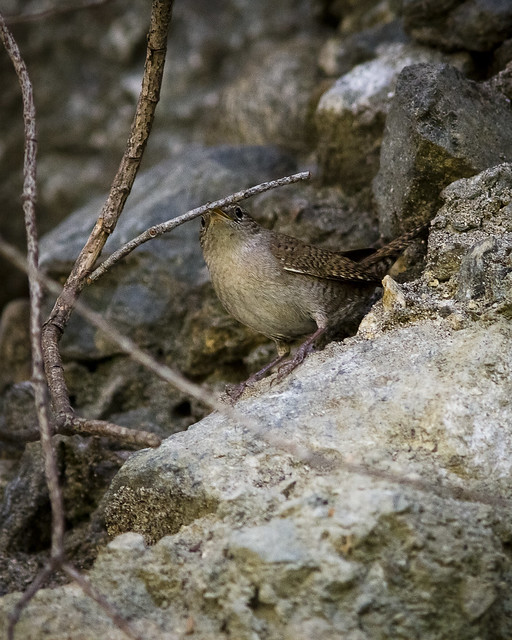
Wren Woodworking by Icybacon, on Flickr
One of the many Yellow Warblers that were around, generally far up in the foliage.
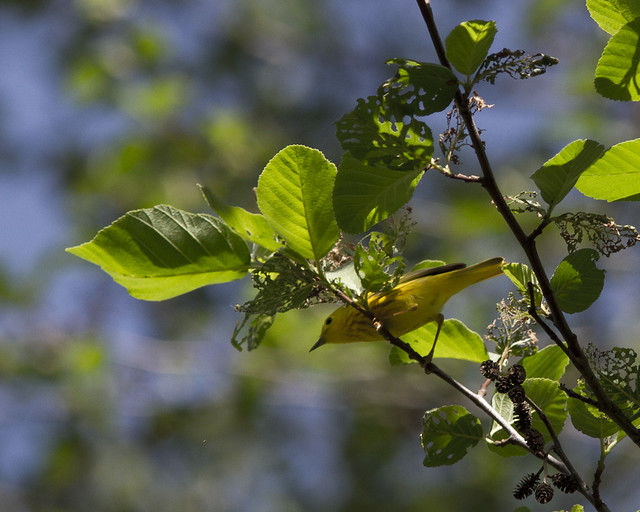
Yellow Warbler by Icybacon, on Flickr
And finally, a very calm hummingbird. There were definitely Allen's and Anna's varieties, I think this is a female Anna's.
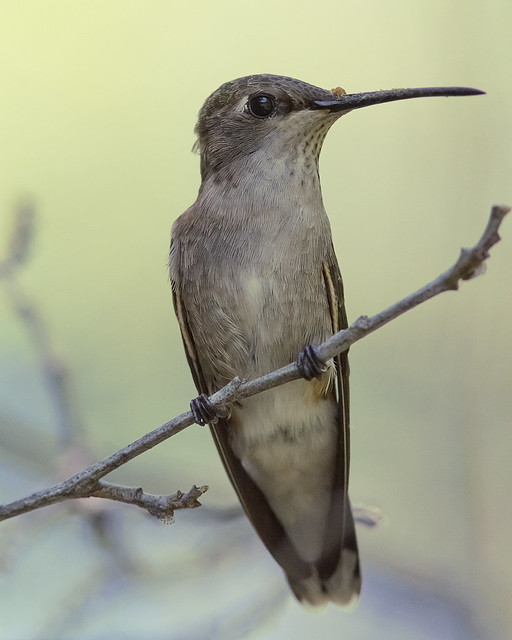
Hummingbird by Icybacon, on Flickr


